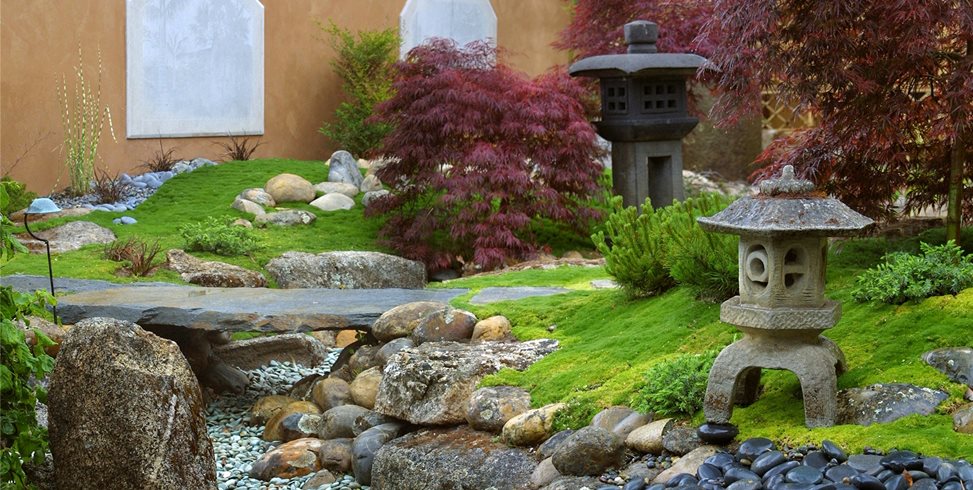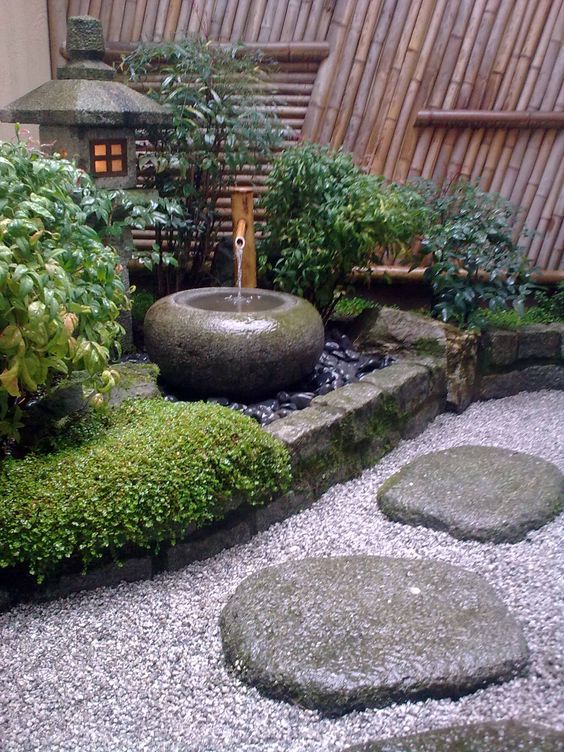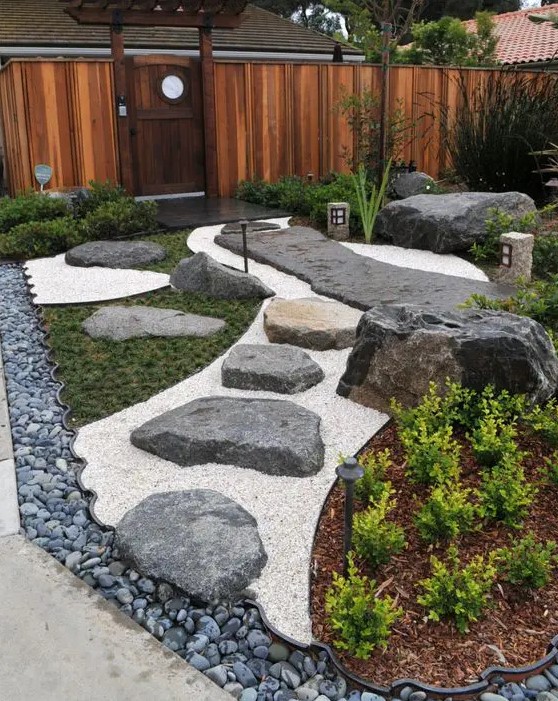Introduction to Japanese Yard Decor
As someone who has always been captivated by the elegance and tranquility of Japanese gardens, I can tell you that incorporating Japanese yard decor into your outdoor space can completely transform its ambiance. Whether you’re aiming for a serene retreat or a vibrant area for entertaining, Japanese yard decor offers a unique aesthetic that evokes peace and mindfulness.
Understanding Japanese Garden Concepts
The Philosophy Behind Japanese Gardens
At the heart of Japanese yard decor is a philosophy that embraces nature, balance, and simplicity. The principle of wabi-sabi celebrates imperfection and transience, which is often reflected in the choice of materials and design elements. The gardens often tell a story, drawing inspiration from natural landscapes and seasonal changes.
Key Elements of Japanese Yard Decor
- Water Features: Ponds and streams symbolize purity and tranquility.
- Rocks and Stones: Carefully placed stones represent mountains or islands.
- Plants: Use of native plants and minimalist landscaping to enhance natural beauty.
- Pathways: Gravel or stone paths that guide visitors through the garden.
- Ornaments: Lanterns, statues, and water basins add cultural significance.
Types of Japanese Yard Decor
1. Zen Gardens
Zen gardens, or karesansui, are a form of dry landscape garden that focuses on minimalism. The raked gravel represents ripples in water, and the placement of rocks symbolizes islands. Here’s a quick comparison of Zen garden elements:
| Element | Function | Material |
|---|---|---|
| Raked Gravel | Represents water; creates tranquility | White or gray gravel |
| Rocks | Symbolize islands and mountains | Naturally aged stones |
| Moss | Adds color and texture | Natural moss |
2. Tea Gardens
Tea gardens are designed for tea ceremonies and promote harmony and tranquility. Paths winding through the garden lead to a tea house, enhancing the experience of nature.
3. Strolling Gardens
These gardens are meant to be walked through, providing a scenic journey. They often feature larger plants and varied landscapes.
How to Incorporate Japanese Yard Decor into Your Space
Assessing Your Yard Space
Before diving into decor, assess your yard’s size and natural features. Consider sunlight, existing plants, and the flow of your space. A small patio can benefit from potted plants, while larger areas may accommodate ponds and rock formations.

Choosing the Right Elements
Incorporating key elements is crucial. Start with a focal point like a simple water feature or lantern, and build around it. Here’s a guide on deciding what to include:
- Water Features: Choose based on space; small fountains for limited areas, ponds for larger spaces.
- Plants: Select a mix of evergreens, seasonal blooms, and ornamental grasses for texture and color.
- Decorative Items: Lanterns and statues should blend into the environment, not overwhelm it.
Pros and Cons of Japanese Yard Decor
Pros
- Promotes relaxation and mindfulness.
- Minimal maintenance once established.
- Enhances property value through unique design.
- Adaptable to various spaces and budgets.
Cons
- Initial setup can be labor-intensive.
- Requires knowledge of plant choices for specific climates.
- Some elements, like water features, may require ongoing maintenance.

Personal Experience: My Journey with Japanese Yard Decor
When I first started my Japanese garden, I was overwhelmed by the choices. However, I focused on one thing at a time, starting with a small rock garden that quickly became my favorite meditation spot. I learned that patience is key in creating a beautiful outdoor space. Each season brought new challenges and rewards, reminding me of nature’s ever-changing beauty.
Frequently Asked Questions (FAQs)
What materials are best for creating a Japanese garden?
Natural materials such as bamboo, stone, and gravel are ideal. They reflect the aesthetics of Japanese design and blend well with nature.

Can I create a Japanese garden in a small yard?
Absolutely! Focus on vertical elements, potted plants, and a small water feature to maximize the space.
How do I maintain my Japanese yard decor?
Regular maintenance involves pruning, cleaning water features, and ensuring plants are healthy. Minimalism in design can lead to less maintenance over time.

Is Japanese yard decor expensive?
Costs vary. You can start small and gradually expand your decor as your budget allows. DIY elements can also reduce costs significantly.